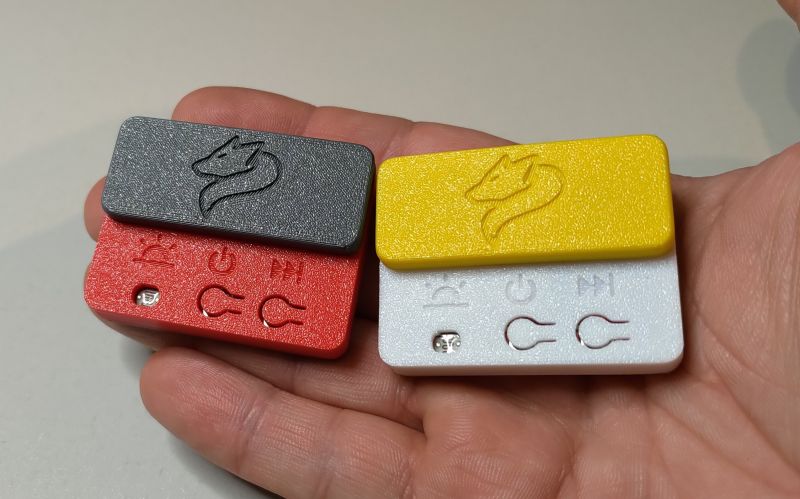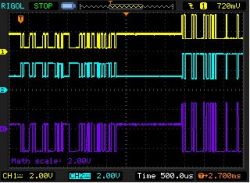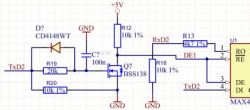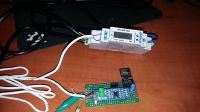
Simple TCPIP / RS485 converter.
The device allows you to create a remote port rs232 / rs485 in linux and windows systems and allows communication with devices via lan / internet. The project is based on UARTtransparentbridge code, but MAX485 support has been added to it. ESP8266 programmed in ArduinoIDE, source code and "schematic" attached.
On linux, after booting the device, just use 'socat':
Code: Text
When this command is issued, a virtual UART will be created in / dev / espS0.
Tested on the ORNO OR-WE-504 indicator.
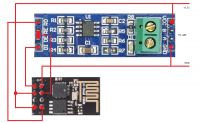
Cool? Ranking DIY



